Optimal Timing for Foundation Repairs
Foundation repairs are most effective when performed during specific times of the year, depending on weather conditions and soil stability. Generally, the optimal period is during mild, dry weather, which allows for proper curing and reduces the risk of complications caused by moisture or temperature fluctuations.
Spring offers moderate temperatures and less extreme weather, making it suitable for foundation work. However, early spring can be wet, which may delay certain repair processes.
Summer provides warm, dry conditions ideal for foundation repairs. It allows for quicker curing times and minimal weather-related delays.
Fall can be a good time for repairs, especially before the cold winter months. Dry conditions and moderate temperatures support effective repairs.
Winter is generally less suitable due to freezing temperatures and potential snow or ice, which can hinder repair work and affect material performance.
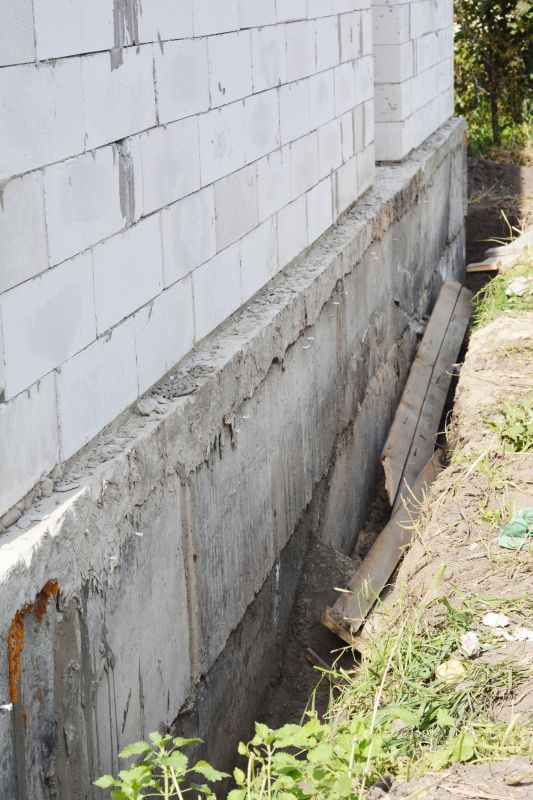
Foundation repairs involve assessing structural issues, soil stabilization, and repair methods such as underpinning or piering.

Specialized equipment like hydraulic jacks and soil stabilization tools are used to ensure proper foundation correction.
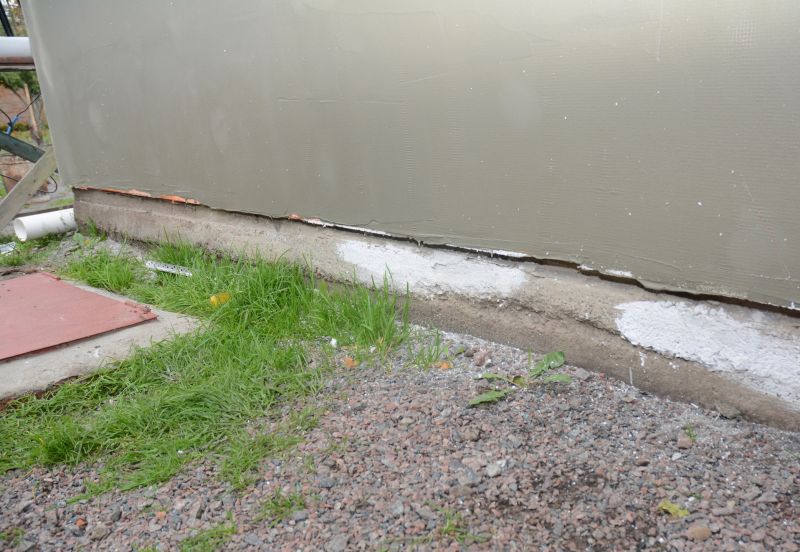
Visual documentation highlights the effectiveness of foundation repair projects, showcasing structural improvements.
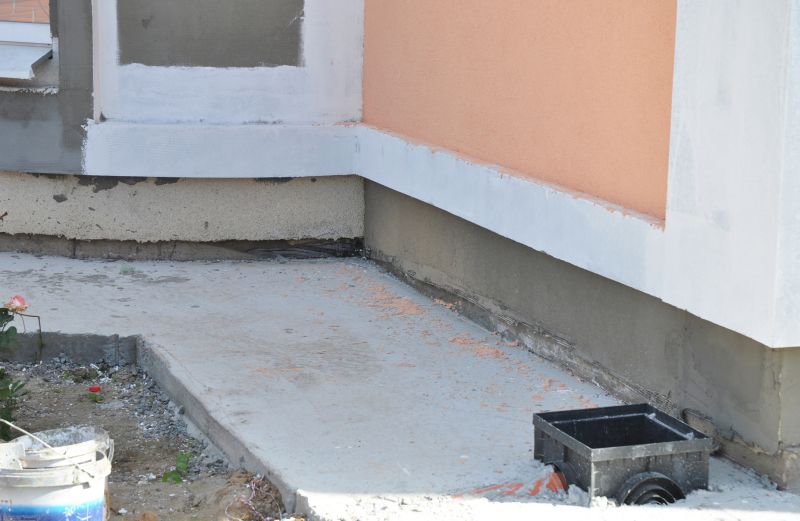
Ways to make Foundation Repairs work in tight or awkward layouts.

Popular materials for Foundation Repairs and why they hold up over time.
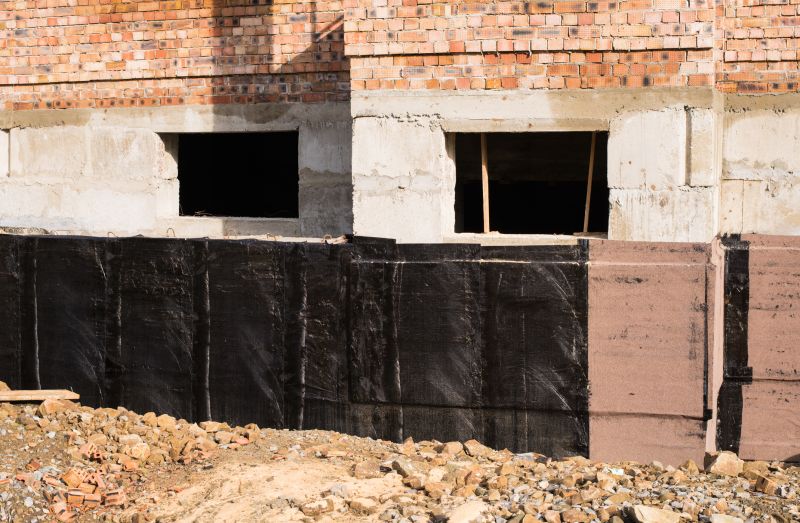
Simple add-ons that improve Foundation Repairs without blowing the budget.
| Season | Ideal Conditions |
|---|---|
| Spring | Moderate temperatures, less extreme weather, but potential for rain delays |
| Summer | Warm, dry weather, optimal curing conditions |
| Fall | Dry, moderate temperatures, suitable before winter |
| Winter | Freezing temperatures and snow make repairs less feasible |
Foundation repairs are critical for maintaining the structural integrity of buildings. They address issues such as settling, cracking, and shifting caused by soil movement, moisture changes, or poor construction. Proper timing ensures the longevity and effectiveness of repairs, reducing the risk of future damage and costly repairs.
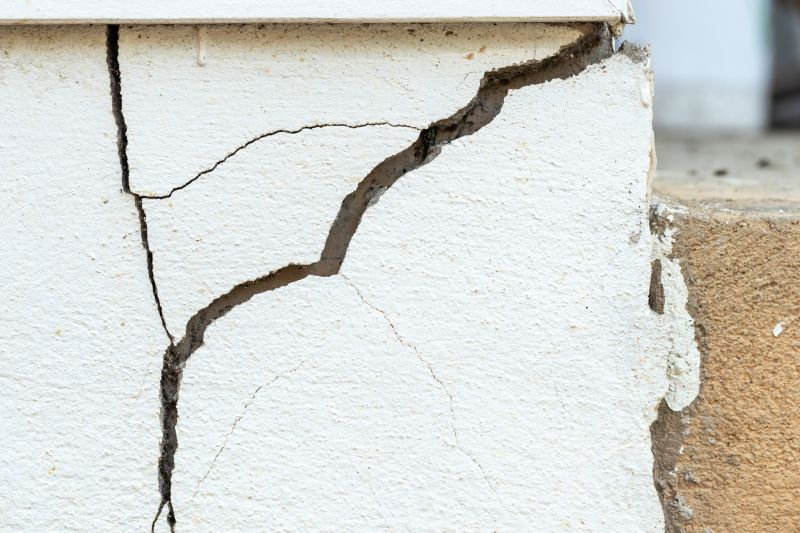
Cracks can indicate underlying issues requiring prompt repair to prevent further structural damage.
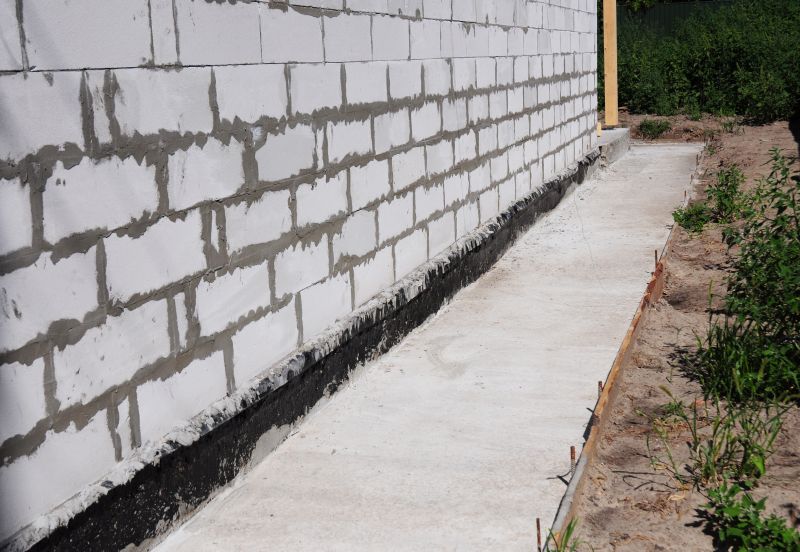
Stabilizing soil around the foundation helps prevent future settling and shifting.
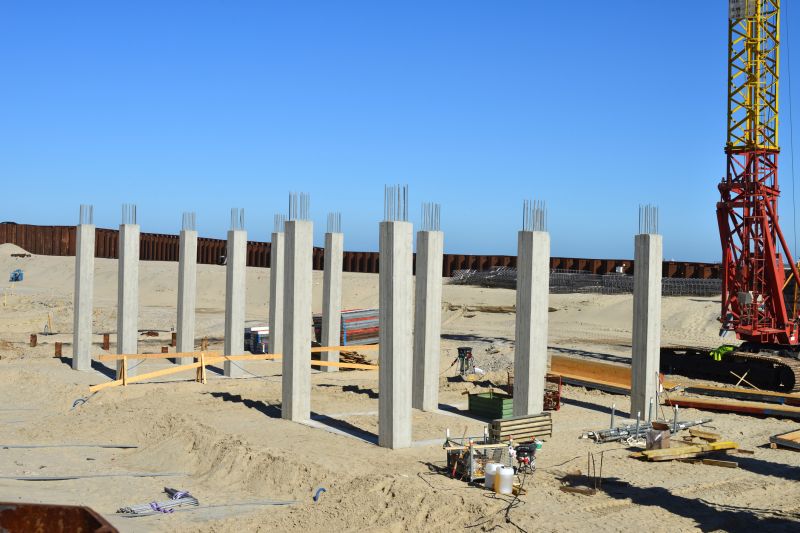
Piering involves installing supports beneath the foundation to lift and stabilize it.
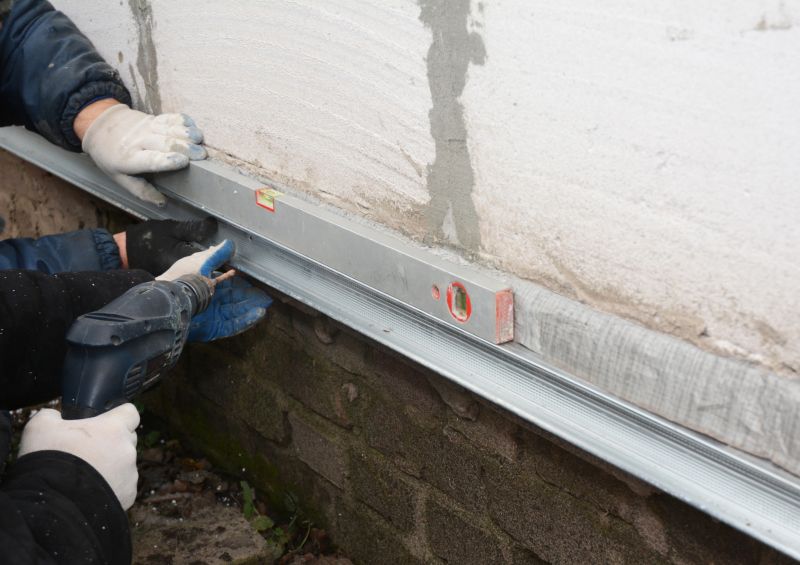
Lifting sunken concrete sections restores level surfaces and prevents further settling.
Timely foundation repairs are essential to preserve property value and safety. Consulting with foundation specialists can help determine the best time for repairs based on local climate and soil conditions. Properly executed repairs can extend the lifespan of a structure and minimize future maintenance costs.
Interested in foundation repair services? Fill out the contact form to receive more information and schedule a consultation.


